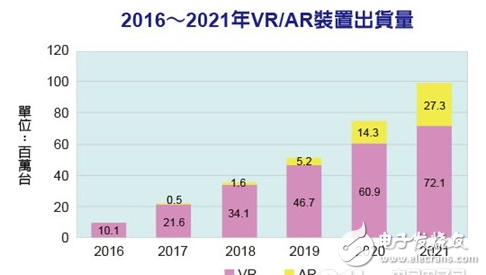Virtual reality technology is an important direction of simulation technology. It is a collection of various technologies such as simulation technology and computer graphics human-machine interface technology multimedia technology sensing technology network technology. It is a challenging cross-cutting technology frontier and research field. . Virtual reality technology (VR) mainly includes simulation environment, perception, natural skills and sensing equipment. Let's take a look at the related content with Xiaobian.
The simulation environment is a computer-generated, real-time, dynamic, three-dimensional, realistic image. Perception means that the ideal VR should have the perception that everyone has. In addition to the visual perception generated by computer graphics technology, there are also perceptions such as hearing, touch, force, and motion, and even olfactory and taste, also known as multi-perception. Natural skills refer to the rotation of the person's head, eyes, gestures, or other human behaviors. The computer processes the data that is appropriate to the actions of the participants, responds to the user's input in real time, and feeds back to the user's facial features. . A sensing device is a three-dimensional interactive device.
Augmented Reality (AR), also known as augmented reality. Augmented reality technology, which is a new technology that integrates real world information and virtual world information "seamlessly". It is an entity information (visual information, sound, etc.) that is difficult to experience in a certain time and space of the real world. Taste, touch, etc., through computer and other science and technology, simulation and then superimposition, the virtual information is applied to the real world, perceived by human senses, thus achieving a sensory experience beyond reality. The real environment and virtual objects are superimposed in real time on the same picture or space. Augmented reality technology not only displays the information of the real world, but also displays the virtual information at the same time, and the two kinds of information complement each other and superimpose. In visual augmented reality, users can use the helmet display to combine the real world with computer graphics to see the real world around it. Augmented reality technology includes new technologies and new methods such as multimedia, 3D modeling, real-time video display and control, multi-sensor fusion, real-time tracking and registration, and scene fusion. Augmented reality provides information that is different from what humans can perceive in general.

Virtual reality (VR) and augmented reality (AR) head-mounted devices have strong kinetic energy. According to IDC estimates, the global shipment of VR/AR headsets reached 10.1 million units in 2016, almost all of which are VR devices. However, since 2017, shipments of AR devices will start to leap year after year. It is estimated that by 2021, shipments of AR devices will grow to 27.3 million units, and shipments of VR devices will be 7,210,000 units.
In terms of application areas, consumer VR/AR devices shipped 8.1 million units in 2016, but the number of devices designed for industrial/commercial applications has reached 2 million units. In terms of growth momentum, the growth of the industrial/commercial market will be much higher than the consumer market. From 2016 to 2021, the compound annual growth rate (CAGR) of commercial VR/AR products will reach 80%, and the CAGR of consumer VR/AR will be 49.9%.
USB C HUB,6 in 1 Type C Hub with Ethernet, 6 in 1 USB-C hub to HDMI,USB-C 6-in-1 Multiport Adapter,6 in 1 Multiport USB-C,USB-C Adapter Docking Hub
Shenzhen Konchang Electronic Technology Co.,Ltd , https://www.konchangs.com
